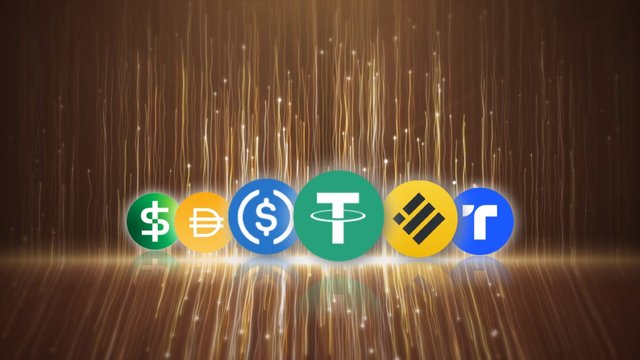What Are the Technological Innovations in Stablecoin Development Services?

In the fast-evolving landscape of cryptocurrencies, stablecoins have emerged as a crucial bridge between the traditional financial world and the innovative realm of digital assets. These digital currencies are designed to maintain a stable value, often pegged to a fiat currency like the US dollar, providing users with a reliable medium of exchange, a store of value, and a unit of account within the volatile crypto market.
Stablecoins have witnessed significant growth in recent years, with a variety of innovative approaches and technologies being employed to enhance their stability, security, and usability. In this article, we will delve into the technological innovations driving the development of stablecoins, exploring how these advancements are reshaping the future of digital currencies.
Algorithmic Stablecoins: One of the most notable innovations in stablecoin development company is the emergence of algorithmic stablecoins. Unlike traditional stablecoins that are backed by fiat reserves, algorithmic stablecoins rely on algorithms to dynamically adjust the coin supply based on market demand, thereby maintaining price stability. Examples of algorithmic stablecoins include Ampleforth (AMPL) and Terra (LUNA), which use innovative mechanisms to stabilize their prices without the need for centralization.
Collateralized Stablecoins: Collateralized stablecoins are another popular category that is backed by assets held in reserve, such as fiat currencies, cryptocurrencies, or other commodities. However, advancements in technology have enabled the development of more efficient collateralization models, such as over-collateralization and cross-collateralization, which help to maintain the stability of these coins even in times of market volatility.
Hybrid Stablecoins: Hybrid stablecoins combine the features of both algorithmic and collateralized stablecoins to achieve a balance between stability and decentralization. By leveraging the advantages of both approaches, hybrid stablecoins aim to provide a more robust and adaptable stablecoin ecosystem.
Smart Contracts and DeFi Integration: The integration of stablecoins with smart contracts and decentralized finance (DeFi) protocols has opened up new possibilities for their use cases. Stablecoins are now being used for lending, borrowing, liquidity provision, and decentralized trading, enabling users to earn interest on their holdings and participate in a wide range of financial activities without relying on traditional banks.
Cross-Chain Compatibility: Interoperability is a key focus in the development of stablecoins, with projects aiming to ensure compatibility across different blockchain networks. This allows users to seamlessly transfer stablecoins between different platforms and ecosystems, increasing their utility and accessibility.
Privacy and Security Enhancements: To address concerns around privacy and security, developers are exploring advanced cryptographic techniques, such as zero-knowledge proofs and homomorphic encryption, to enhance the privacy features of stablecoins. These technologies ensure that transactions remain private and secure, protecting users' sensitive financial information.
Regulatory Compliance: As stablecoins gain mainstream adoption, regulatory compliance has become a top priority for developers. Projects are working closely with regulators to ensure that their stablecoins adhere to legal and regulatory requirements, helping to build trust and credibility in the stablecoin ecosystem.
User Experience Improvements: In addition to technological advancements, developers are focusing on improving the overall user experience of stablecoins. This includes developing user-friendly wallets and interfaces, as well as implementing features such as automatic conversions and recurring payments to make stablecoins more accessible and convenient to use.
Conclusion
Technological innovations are driving significant advancements in the development of stablecoins, making them more stable, secure, and versatile than ever before. As these innovations continue to evolve, stablecoins are poised to play an increasingly important role in the future of finance, offering a reliable and efficient alternative to traditional fiat currencies.